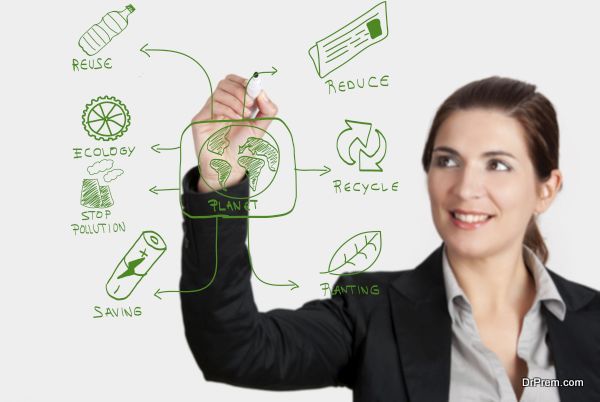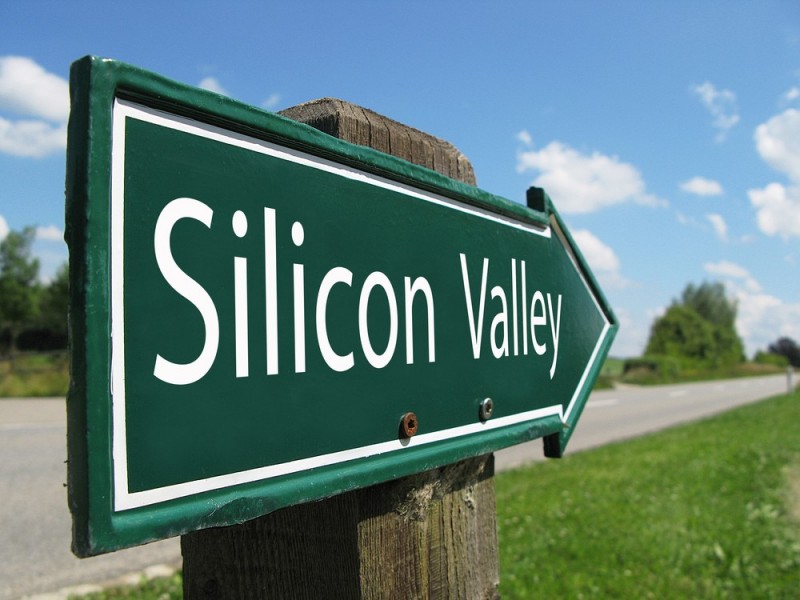6 Green Marketing Initiatives that can accelerate the growth of your business
A lot of companies have started moving towards eco-marketing in a bid to do their part to save the environment. Green marketing enables a company to reach out to its clients in an environmentally friendly way. As such, here are …
6 Green Marketing Initiatives that can accelerate the growth of your business Read More »











